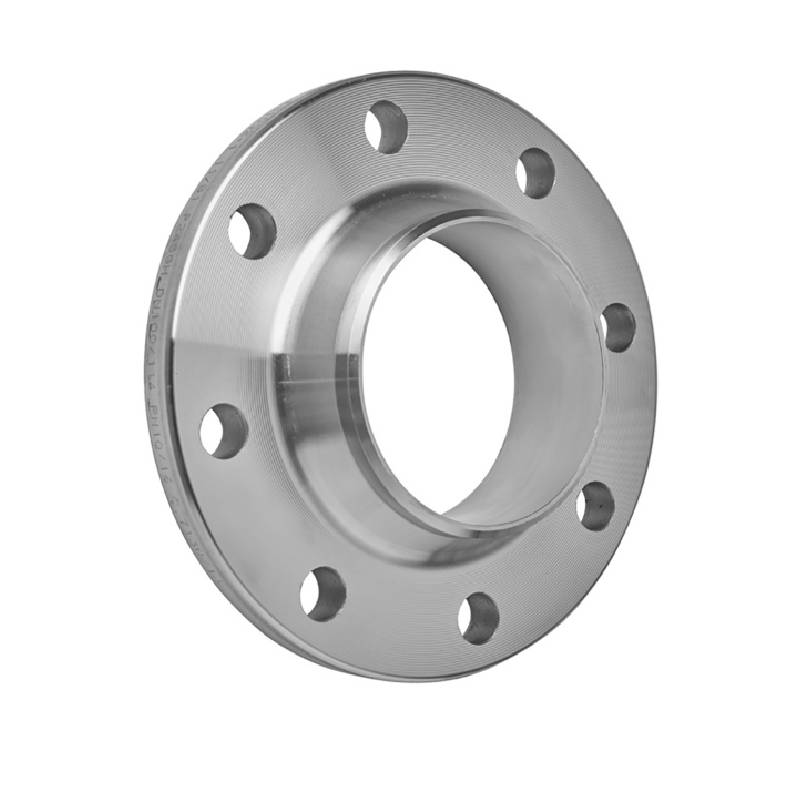-
Cangzhou Yulong Steel Co., Ltd.
-
Phone:
+86 13303177267 -
Email:
admin@ylsteelfittings.com
- English
- Arabic
- Italian
- Spanish
- Portuguese
- German
- kazakh
- Persian
- Greek
- French
- Russian
- Polish
- Thai
- Indonesian
- Vietnamese
- Zulu
- Korean
- Uzbek
- Hindi
- Serbian
- Malay
- Ukrainian
- Gujarati
- Haitian Creole
- hausa
- hawaiian
- Hebrew
- Miao
- Hungarian
- Icelandic
- igbo
- irish
- Japanese
- Javanese
- Kannada
- Khmer
- Rwandese
- Afrikaans
- Albanian
- Amharic
- Armenian
- Azerbaijani
- Basque
- Belarusian
- Bengali
- Bosnian
- Bulgarian
- Catalan
- Cebuano
- China
- China (Taiwan)
- Corsican
- Croatian
- Czech
- Danish
- Esperanto
- Estonian
- Finnish
- Frisian
- Galician
- Georgian
- Kurdish
- Kyrgyz
- Lao
- Latin
- Latvian
- Lithuanian
- Luxembourgish
- Macedonian
- Malgashi
- Malayalam
- Maltese
- Maori
- Marathi
- Mongolian
- Myanmar
- Nepali
- Norwegian
- Norwegian
- Occitan
- Pashto
- Dutch
- Punjabi
- Romanian
- Samoan
- Scottish Gaelic
- Sesotho
- Shona
- Sindhi
- Sinhala
- Slovak
- Slovenian
- Somali
- Sundanese
- Swahili
- Swedish
- Tagalog
- Tajik
- Tamil
- Tatar
- Telugu
- Turkish
- Turkmen
- Urdu
- Uighur
- Welsh
- Bantu
- Yiddish
- Yoruba

Nov . 24, 2024 19:48 Back to list
Equivalent ANSI 125 LB Flange Specifications and Applications for Pipe Connections
Understanding ANSI 125 LB Flanges
Flanges are essential components in piping systems, providing a means of connection between pipes, valves, pumps, and other equipment. One particular type of flange that is widely used in various industries is the ANSI 125 LB flange. Understanding its specifications, applications, and advantages can be crucial for engineers and project managers involved in fluid transport systems.
What is ANSI 125 LB Flange?
The term ANSI stands for the American National Standards Institute. ANSI provides a set of standardized dimensions, pressure ratings, and material specifications for flanges and other components used in piping systems. The 125 LB rating refers to a specific pressure class that indicates the flange's capability to withstand pressures of up to 125 pounds per square inch (psi).
ANSI 125 LB flanges are manufactured in various sizes, typically ranging from ½ inch to 24 inches in nominal pipe size. These flanges can be made from several materials, including carbon steel, stainless steel, and alloy materials, allowing for versatility in application. The flange design generally includes either a flat face or a raised face, which assists in sealing when bolted to another component.
Applications of ANSI 125 LB Flanges
ANSI 125 LB flanges are predominantly used in low-pressure piping systems across various industries, including oil and gas, water treatment, chemical processing, and HVAC. They serve crucial roles in handling fluids like water, gases, and chemicals, which flow through pipelines connecting different pieces of equipment.
ansi 125 lb flange

Due to their robust construction and compatibility with numerous piping materials, ANSI 125 LB flanges are ideal for applications where weight and size constraints exist. Their relatively low pressure rating, however, means they might not be suitable for high-pressure applications, where higher-rated flanges (such as 150 LB or 300 LB) would be more appropriate.
Advantages of ANSI 125 LB Flanges
One of the significant advantages of using ANSI 125 LB flanges is their cost-effectiveness. Compared to higher pressure-rated flanges, they typically come at a lower price point, making them an economical choice for projects with budget constraints. Additionally, the simplicity of their design allows for quick installation and maintenance, reducing labor costs and downtime.
Another key benefit is the range of materials available. The ability to choose from various materials means that engineers can select flanges that are chemically compatible with the fluids being transported, enhancing system reliability and longevity.
Conclusion
In conclusion, ANSI 125 LB flanges are a vital part of many piping systems, providing reliable connections for low-pressure applications. With standardized dimensions and materials, they offer engineers flexibility in design and cost-effectiveness in project execution. Understanding their specifications, advantages, and appropriate applications helps ensure that engineers select the right flanges for their specific needs, ultimately leading to safe and efficient piping systems. Whether dealing with water treatment facilities or chemical processing plants, ANSI 125 LB flanges represent a practical solution for many industry challenges.
Latest news
-
ANSI 150P SS304 SO FLANGE
NewsFeb.14,2025
-
ASTM A333GR6 STEEL PIPE
NewsJan.20,2025
-
ANSI B16.5 WELDING NECK FLANGE
NewsJan.15,2026
-
ANSI B16.5 SLIP-ON FLANGE
NewsApr.19,2024
-
SABS 1123 FLANGE
NewsJan.15,2025
-
DIN86044 PLATE FLANGE
NewsApr.19,2024
-
DIN2527 BLIND FLANGE
NewsApr.12,2024
-
JIS B2311 Butt-Welding Fittings LR/SR 45°/90° /180°Seamless/Weld
NewsApr.23,2024











